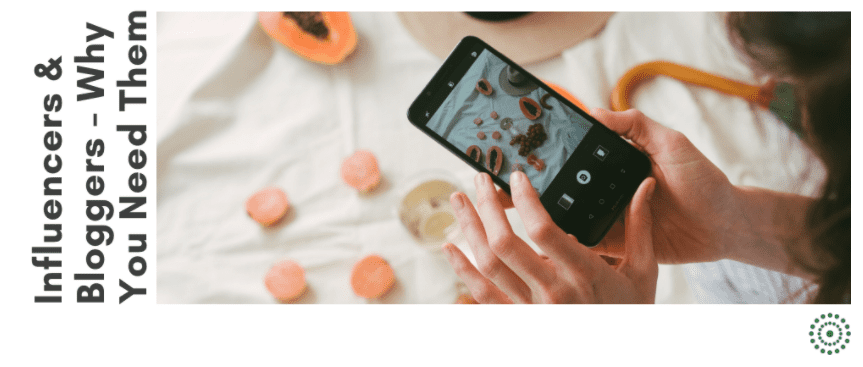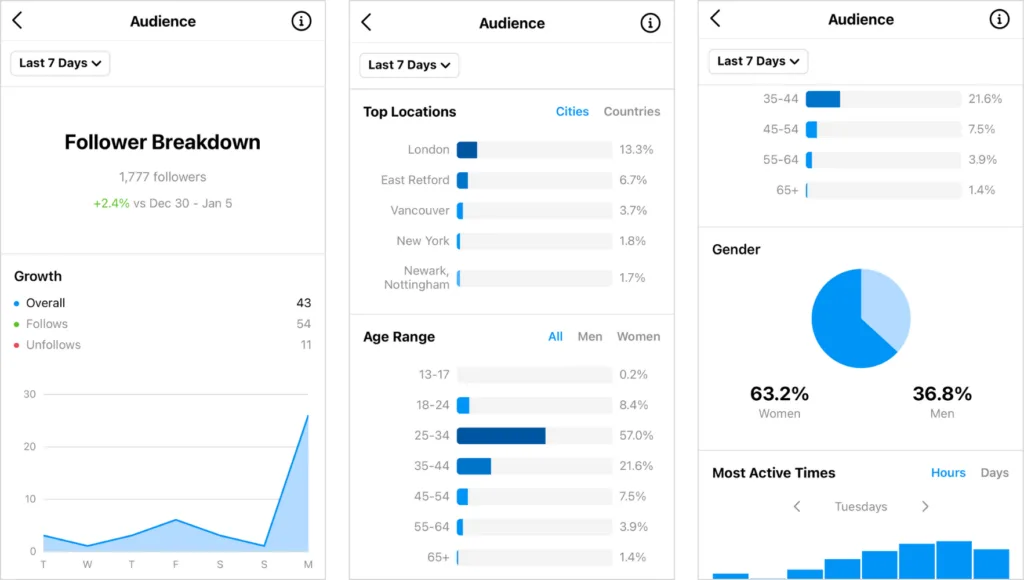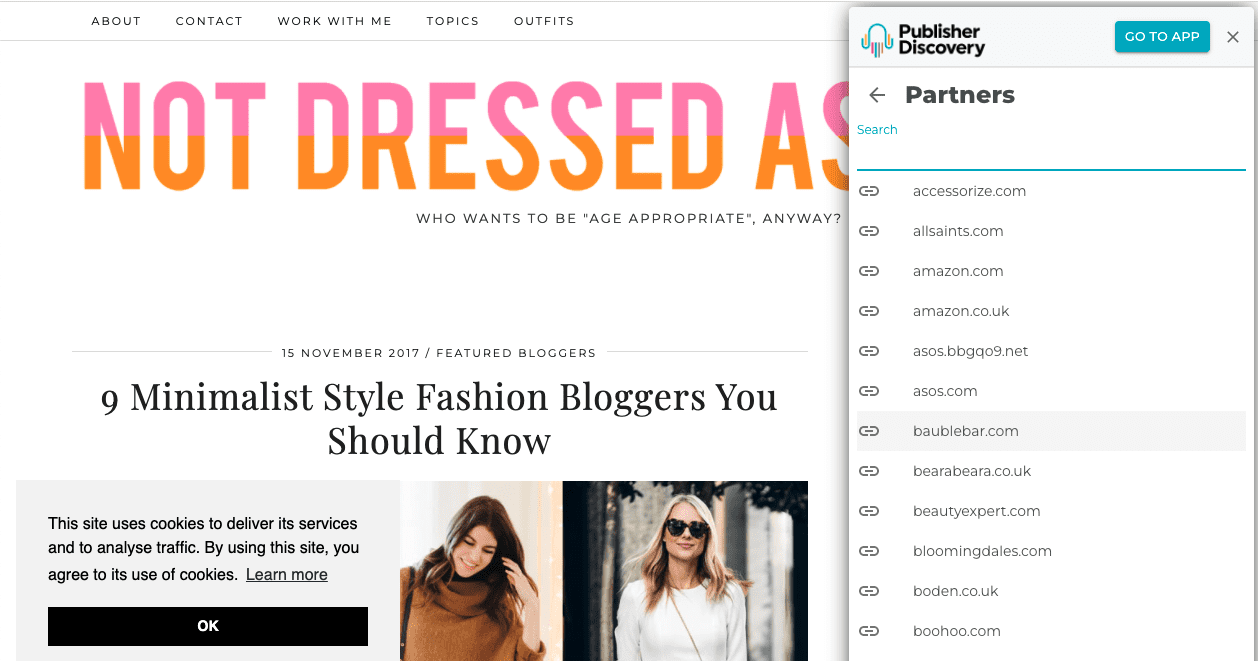This article first appeared in Adello Magazine, January 2022
The Rise of the Influencer
Influencer networks seemed to be popping up like mushrooms from the mid 2010s onwards on the back of the ‘influencer’ trend. It seemed that all of a sudden there was an entirely new industry from nowhere! This was driven in part by the ability to monetise social media with payment for posting by players with large engaged audiences. Much of that was built on the groundwork of some of the more influential bloggers.
That has more recently cascaded down to mid ranging and now micro-influencers, each of which have engaged and often loyal audiences. Brands have seen the power of social referral and have increasingly leveraged those relationships to tap into new markets.
Influencers of course need to be paid for their work - and for the access to those audiences. For many of the better known influencers, these fees have grown to be pretty large and well beyond the budgets of smaller brands.
A fee per post has been the usual payment model for influencers, and ‘engagement’ has been the main metric used for gauging influencer marketing success. However, long-term partnerships often require a different approach and we are increasingly seeing a move to ‘value’ which as well as engagement includes revenues attributable - even if only in a partial attribution.
Many of these influencers historically would not have entertained the idea of a pure CPA monetisation model. Traditionally brands have also had issues with the affiliate model in managing influencer relationships. However, recent shifts over the past few years have changed this so that the affiliate has become a mainstay for many in what has become the ‘influencer sector’.
Auditing Influencers
One of the toughest challenges in managing influencers has been ensuring that the ‘engagement’ was real and true. The only real way to assess whether someone has a fake audience is to review their audience engagement and there are an increasing number of tools available to do that.
There are of course the in the platforms themselves - as in the example in Jessica Worb's useful article. New software solutions for aggregating and managing this appearing all the time.
Many of the newer influencer networks also offer this kind of accountability to ensure a brand is getting what it pays for. It is very much worth actually getting down into the weeds and reading the posts and reading the replies, comments and reposts to see how engaged that audience really is.
With the move of many influencers into adopting affiliate monetisation as part of their strategy, there is also the option for a brand to add that into their mix; there’s nothing like revenues to concentrate the mind on which are the most valuable influencer partners.
Impact of Pandemic
The global pandemic from early 2020 was the cause of some huge shifts across all aspects of life. From the point of view of the online advertising industry, with consumers moving so much of their lives online many marketers cut ad budgets sometimes almost completely.
That meant that for many publishers, both mainstream and influencers, the revenue stream dried up almost overnight. Those of us in the affiliate industry saw that the effect of that was to drive record numbers of affiliate applications to networks and partnership SaaS providers, such as Awin and Partnerize, from bloggers and influencers.
Traditionally, many marketers’ views of affiliate were dominated by a fixation on Coupon and Cashback. This in part was supported by slow roll out of proper attribution models among the networks. The pandemic however brought a tipping point; technologies becoming more favourable coupled with the huge changes in the advertising market meant that the affiliate model was a real and valuable alternative monetisation route.
Even despite the ad market achieving more of an equilibrium towards the end of 2021, this trend has not noticeably reversed. Influencers are adopting a blended approach with fees and commissions.
Influencers and Affiliate Commissions
In a conversation with Marie of thecurvyfashionista.com, she related that years ago she would not touch affiliate as Google had the potential to downgrade her site. That changed a few years ago and now she readily uses that blended strategy; several of her older posts from 2012 are still earning commissions nearly 10 years later.
Others in the wider industry report a similar picture across a variety of market sectors.
Acceleration Partners cite a great example in an article on an un-named ‘Fitness Brand and Influencer Network’. As they report, “the brand was willing to be flexible to maximize the partnership with the influencer network, agreeing to a CPA that is more than three times their standard rate. Since the brand did not have to incur any high upfront fees or provide free product, this reduced risk for the brand“.
The volume of referrals that influencer network drove for the brand surpassed expectations and the partnership generated over $500,000 in revenue during the length of the campaign. The influencer network has become one of the brand’s top five partners in their affiliate program.
PuraVida worked with SaaS platform, Refersion to help to grow their micro-influencers as ‘lifetime ambassadors’ using affiliate tracking to reward them for referrals. Within a month, they saw a 230% increase in revenues driven by over 126,000 ambassadors, as they covered in their recent Case Study.
All Inclusive Marketing quotes in their blog that “evidence that suggests content publishers can help the overall health and growth of your affiliate program”. PostAffiliatePro also report that 86% of B2C businesses are already using content marketing as part of their digital strategy.

Influencers and bloggers have also been helped enormously in monetising their content by third party services which simplify the path to accessing the many thousands of individual brand programs across hundreds of affiliate networks and SaaS platforms. For most the task of managing and inserting affiliate links into their content is daunting.
Companies like Skimlinks, Viglink and Digidip provide content publishers with access to pretty much every available brand by a simple website integration. This allows the publisher and influencer to have a single login to manage links and payments rather than multiple affiliate network dashboards.
FMTC provides a curated service collecting thousands of advertiser coupons for publishers to access - and manage all this in a way that ensures the deals being shown are current, crucial for an influencer with an engaged audience.
So the application of affiliate to content, bloggers and influencers has become a well worn path and entered the mainstream. So much so that affiliate marketing is now very much a live discussion among the C-suite and ecommerce professionals.
A Key Role
The affiliate model has a key role to play in influencer management, in providing transparent metrics based on real sales outcomes; performance marketing metrics will add the hard edge of correlations with sales effect to the influence sector. That along with the engagement metrics usually relied on will enable marketers to concentrate on real commercial outcomes.
As some writers have pointed out, the publishers who can be identified as creators, influencers, publishers or affiliates should be viewed as a Venn diagram, with a significant degree of overlap.
The persistent naming of affiliate marketing as a ‘channel’ does the sector a great disservice. ‘Affiliate’ is a marketing model based on performance, which is present in almost all actual channels. So there are brilliant SEO affiliates, paid search and social affiliates, email affiliates and most other channels.
Influence is another one of those that the affiliate and performance model is now being applied to. The model has a strong future and is set to be central to most online commerce organizations.

The Future for Affiliate with Influencers
The changes we saw during 2020-21 have not shown significant roll-back, as mentioned previously. Similarly, affiliate revenues paid to mainstream media and influencers have not slowed as some had expected.
A recent article in The Drum also addresses the state of influencer marketing in 2022. It quotes Rahul Titus, Ogilvy’s Head of Influence, who says that “Influencer marketing has been “lazy” to adopt outcome-based metrics”, and that “over the next 12-months influencers and agencies are going to have to shift from engagement metrics into outcome-based metrics”.
Titus also says that one real growth area for the influencer sector is in B2B, which may deliver up to 50% yoy growth. Automotive and finance are also in his sights for some major wins.
Looking towards 2022 and beyond, Blaire McClure of leading SaaS platform Impact has predicted three key trends to watch out for in a recent article:
- More influencer platforms and properties will become ‘shoppable’; creators’ properties on Pinterest, TikTok and other social media will grow the shoppable content as consumers become more attuned to buying from outside the ‘big retailer’ experience, with innovations such as Shoppable and of course Shopify. Brands should look to engage with these creators and their new audiences.
- Longer-term influencer partnerships will become the norm; brands should look beyond the campaign driven influencer engagements towards more of a brand ambassador relationship, even if not an exclusive one. After all, most of us will have a selection of brands that we favour - it makes the creator more rounded to their audience than a one-brand fan-boy does.
- Causes will have commercial effects; cause-minded brands like Ivory Ella and Catcher in the Style and affiliates like Giving Assistant provides practical insights into building influencer relationships
One of the perennial challenges for affiliate managers is to assess which of the potential affiliate partners are going to perform well, particularly content and blogger partners. The crossover with the influencer sector gives an opportunity to get a real understanding of each potential publisher by understanding their individual audiences.
The spend on Influencer marketing is set to grow massively in 2022 on. When compared to the depressed levels of 2020-21 that will seem even stronger. One thing is assured; that the affiliate model of monetisation will continue to be an increasing component in influencer revenue streams.
Finding Relevant Influencers
While much influencer activity is across social media platforms, we can also discover where they are using affiliate links in their online presence.
Using the Publisher Discovery Chrome browser extension also provides visibility of their affiliate relationships as in this example from notdressedasalamb.com. The extension shows the relationships with advertisers they promote - and via which affiliate networks.
To see more on how Publisher Discovery can help your influencer discovery and outreach, click below and book a demo to walk through the system.
Get blog updates to your inbox
By clicking Subscribe you are agreeing to receive email marketing communications from Publisher Discovery. We will not share your details with any 3rd parties and you can change your preferences at any time. Please review our Privacy Policy for more information.



